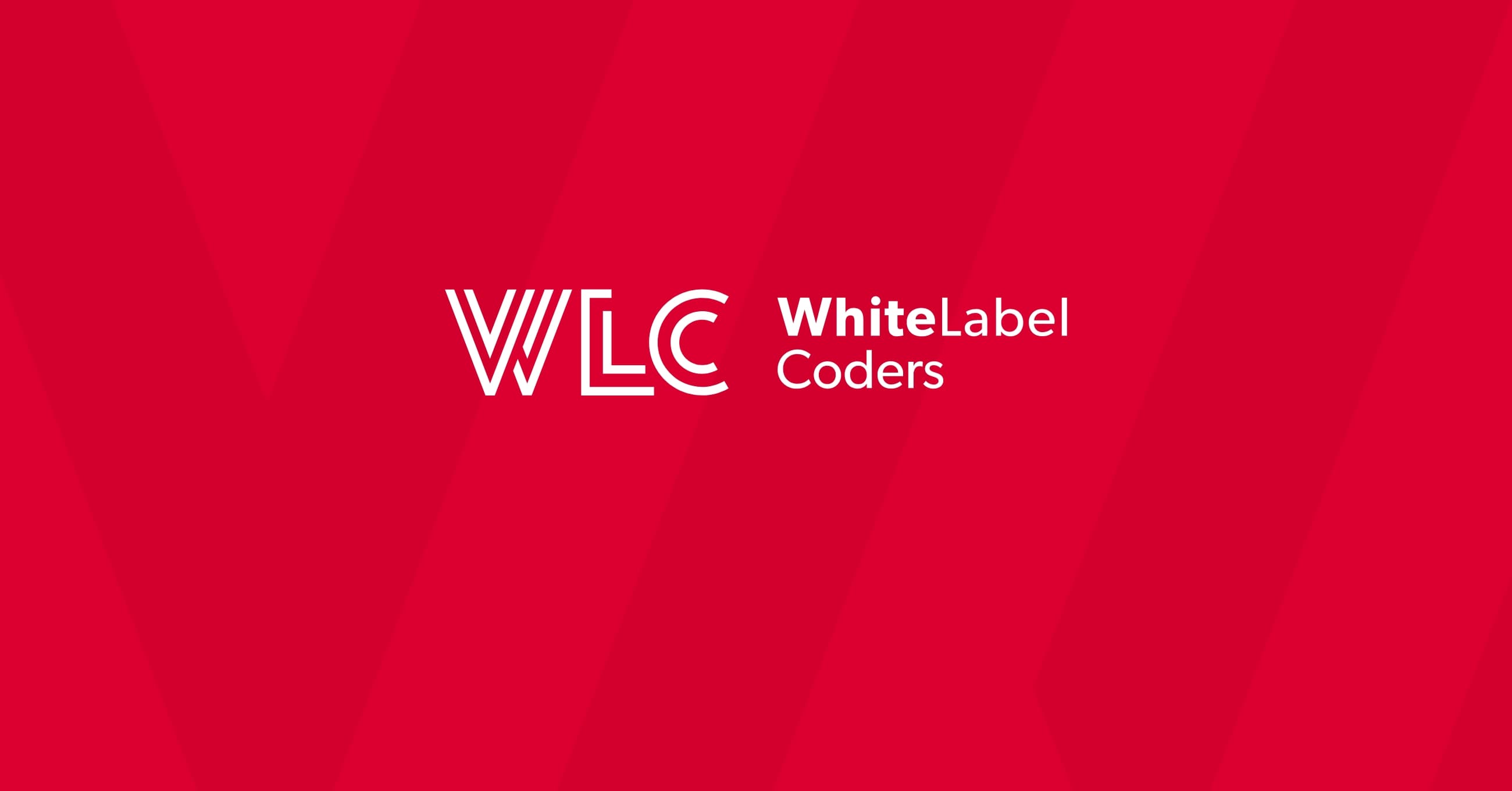Category: SEO AI
What is the difference between WordPress page builder and theme?

The main difference between a WordPress theme and a page builder lies in their fundamental approach to website creation. A WordPress theme is a collection of template files that controls your site’s overall design, layout, and functionality at the code level. In contrast, a page builder is a plugin or tool that provides a visual, drag-and-drop interface for creating custom layouts without coding knowledge. Themes establish the foundation and structure of your site, whilst page builders offer flexibility for individual page customisation. Many modern websites combine both approaches to achieve optimal design control and user experience.
Understanding WordPress themes vs page builders: the fundamental distinction
When building a custom WordPress website, you’ll encounter two primary approaches to design and layout control. These tools serve different purposes in the website development process, and understanding their roles is crucial for making informed decisions.
WordPress themes operate at the foundational level of your website. They’re essentially a collection of PHP, CSS, HTML, and JavaScript files that determine how your content appears to visitors. Think of a theme as the architectural blueprint of your house – it defines the basic structure, room layouts, and overall aesthetic.
Page builders, on the other hand, function more like interior design tools. They allow you to arrange furniture (content elements) within the rooms (pages) that your theme has created. This visual approach makes website customisation accessible to users without technical expertise.
The relationship between these two isn’t necessarily competitive. Many successful websites leverage both themes and page builders to achieve their desired functionality and appearance.
What is a WordPress theme and how does it work?
A WordPress theme is a comprehensive design framework that controls every aspect of your website’s appearance and basic functionality. It consists of multiple template files that work together to display your content consistently across different page types.
The template hierarchy is WordPress’s system for determining which template file to use for different content types. For instance, when someone visits a blog post, WordPress looks for specific template files in a predetermined order: single-post.php, single.php, singular.php, and finally index.php.
Themes handle crucial website elements including:
- Header and footer layouts
- Navigation menus and sidebars
- Typography and colour schemes
- Responsive design for mobile devices
- Basic SEO structure
- Widget areas and customisation options
Professional WordPress custom development often involves creating bespoke themes tailored to specific business requirements. This approach ensures optimal performance, unique branding, and seamless integration with custom functionality.
Themes also include the functions.php file, which acts as a plugin for your specific theme. This file can add custom features, modify WordPress behaviour, and integrate with third-party services.
What is a WordPress page builder and what does it do?
A WordPress page builder is a visual editing tool that enables users to create custom page layouts through an intuitive drag-and-drop interface. These tools democratise web design by removing the need for coding knowledge whilst providing extensive customisation options.
Page builders operate through a visual editor that typically offers two viewing modes: the editing interface where you arrange elements, and a preview mode showing how visitors will see your page. Popular elements include text blocks, images, buttons, forms, testimonials, and complex layout structures like columns and sections.
Key features of modern page builders include:
- Pre-designed templates and layout blocks
- Real-time visual editing
- Responsive design controls
- Advanced styling options
- Integration with marketing tools
- Custom CSS capabilities
Page builders store their layout data differently than standard WordPress content. Instead of simple HTML in your post editor, they save complex data structures that their rendering engine converts into the final webpage. This approach provides flexibility but can create dependencies on the specific page builder plugin.
How do themes and page builders work together?
The relationship between themes and page builders is complementary rather than competitive. Your theme provides the foundational structure, whilst the page builder handles specific page layouts and content arrangement.
Most page builders are designed to work with any properly coded WordPress theme. However, compatibility considerations are important. Some themes include built-in styling that may conflict with page builder elements, whilst others are specifically designed to provide a neutral canvas for page builder content.
The typical workflow involves:
- Theme handling global elements (header, footer, navigation)
- Page builder controlling individual page content and layout
- Theme’s CSS providing base styling
- Page builder adding specific design elements and customisations
Many professional WordPress custom development projects incorporate both approaches strategically. The theme handles site-wide functionality and branding consistency, whilst page builders enable content creators to build unique landing pages, product showcases, or promotional content without developer intervention.
Some themes are specifically designed as page builder companions, offering minimal styling to avoid conflicts. Others include their own page builder functionality, creating an integrated solution.
What are the main advantages and disadvantages of each approach?
Each approach offers distinct benefits and limitations that affect your website’s performance, maintainability, and development workflow.
| Aspect | WordPress Themes | Page Builders |
|---|---|---|
| Performance | Generally faster loading, cleaner code | Can add overhead, more HTTP requests |
| Customisation | Requires coding knowledge for changes | Visual editing, no coding required |
| Flexibility | Limited by theme’s built-in options | Extensive layout and design freedom |
| Maintenance | Updates may affect customisations | Plugin dependency, potential conflicts |
| Learning Curve | Steep for customisation | Gentle, intuitive interface |
| Portability | Content remains accessible | Layout data tied to specific builder |
Themes excel in performance and long-term stability. They produce cleaner HTML output and typically load faster because they don’t require additional plugin overhead. However, customisation requires technical knowledge or developer assistance.
Page builders shine in accessibility and creative freedom. They enable rapid prototyping and allow non-technical users to create sophisticated layouts. The trade-off often involves slightly slower performance and potential vendor lock-in.
How do you choose between a theme and a page builder for your project?
The decision between themes and page builders depends on several critical factors related to your project requirements, team capabilities, and long-term goals.
Consider your technical expertise and available resources. If your team includes developers comfortable with PHP and CSS, a custom theme approach might provide better long-term value. For teams without technical expertise, page builders offer immediate productivity.
Project scope influences the decision significantly:
- Simple brochure sites often work well with quality themes
- Complex business applications may require custom development
- Marketing-focused sites benefit from page builder flexibility
- E-commerce platforms need careful performance consideration
Budget and timeline constraints matter considerably. Page builders can accelerate initial development but may require ongoing subscription costs. Custom themes involve higher upfront investment but often provide better long-term value.
Consider your content management needs. Will multiple team members need to create new pages regularly? Page builders excel in this scenario. For sites with relatively static content, themes often provide sufficient flexibility through the standard WordPress editor.
Performance requirements should guide your decision. High-traffic sites or those targeting mobile-first audiences often benefit from the cleaner code output of well-developed themes.
Key takeaways: making the right choice for your WordPress website
The choice between WordPress themes and page builders isn’t binary – many successful websites strategically combine both approaches. Understanding their fundamental differences helps you make informed decisions that align with your project goals.
Themes provide foundational structure, better performance, and long-term stability. They’re ideal for projects where consistency, speed, and developer control are priorities. Page builders offer creative freedom, user-friendly editing, and rapid development capabilities, making them excellent for marketing-focused sites and teams without technical expertise.
Consider starting with a solid theme foundation and adding page builder functionality where specific flexibility is needed. This hybrid approach often provides the best balance of performance, maintainability, and creative control.
For complex requirements or unique business needs, professional WordPress custom development services can create tailored solutions that combine the benefits of both approaches whilst avoiding their limitations. The key is matching your technical approach to your business objectives, team capabilities, and long-term website strategy.

